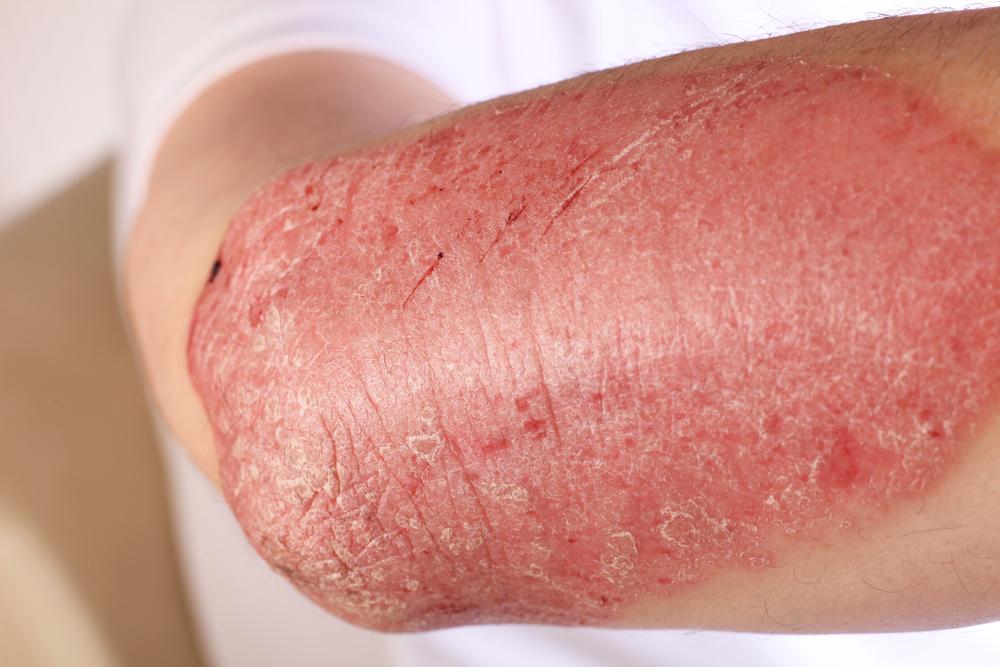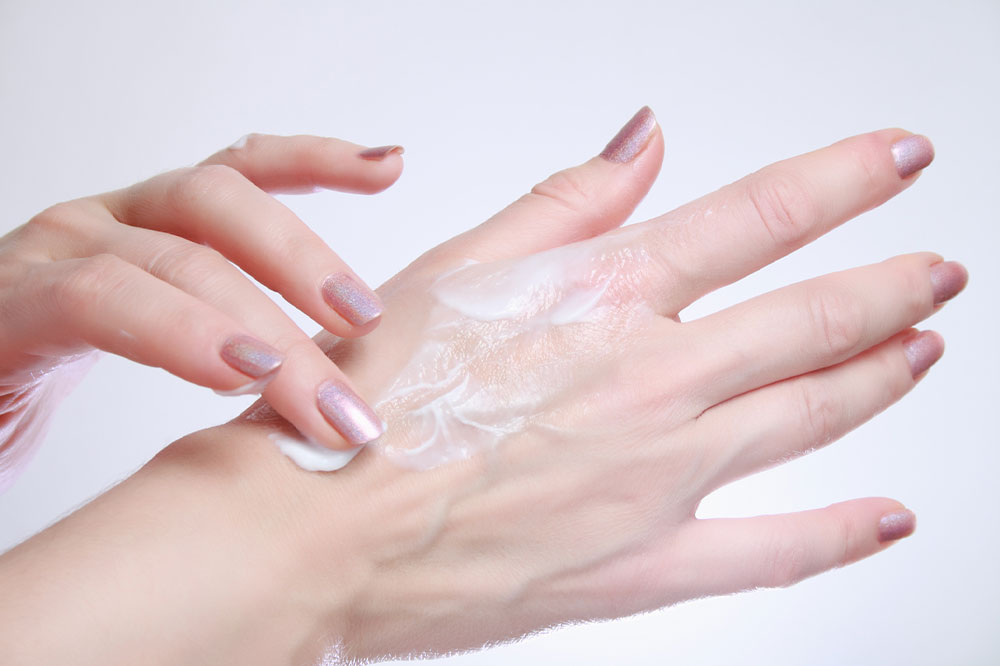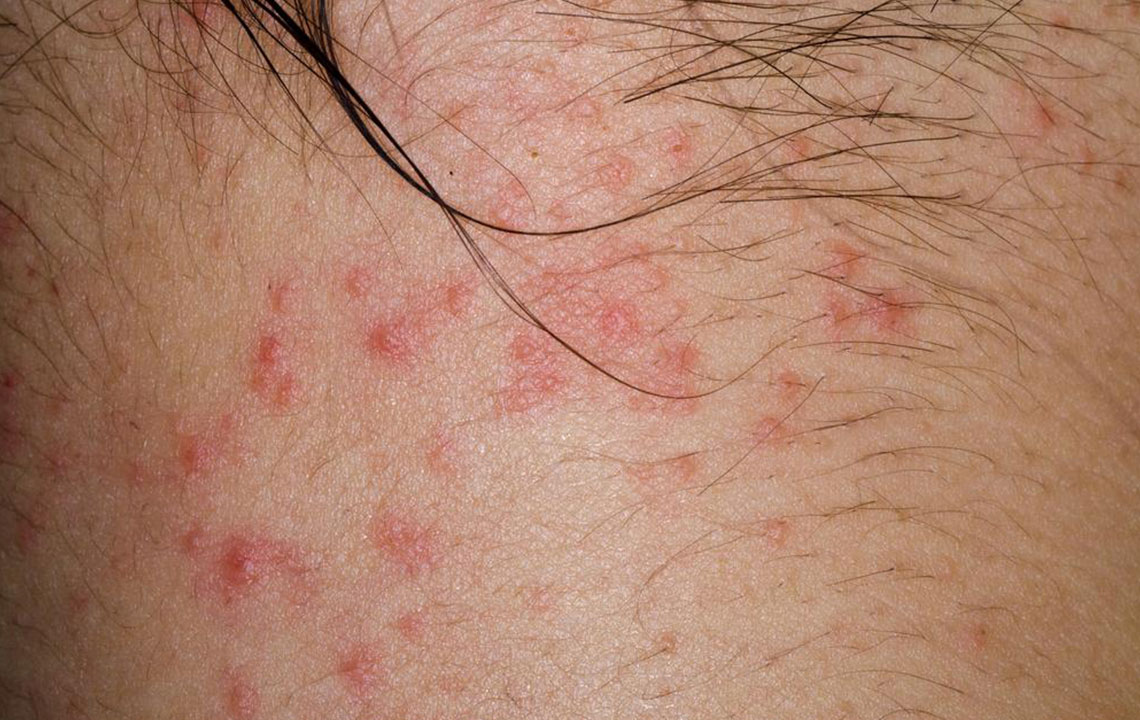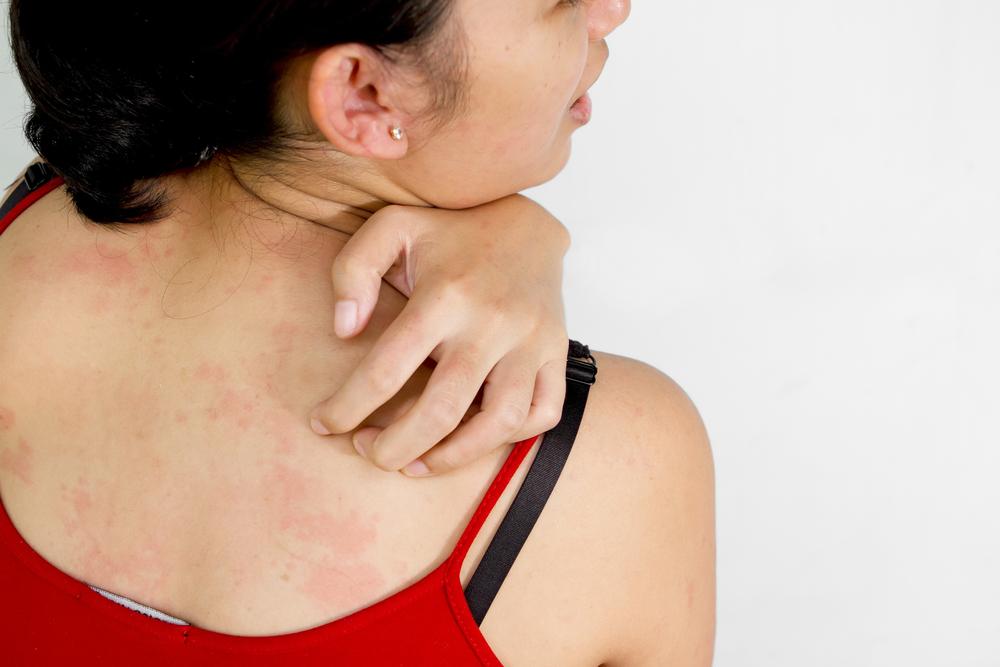Comprehensive Guide to Eczema Types, Symptoms, and Management Strategies
This comprehensive guide explores the various types of eczema, detailing their distinctive symptoms, causes, and effective management strategies. Understand how to identify different eczema variants and learn practical tips to control flare-ups and maintain healthy skin, improving overall quality of life for those affected by this common skin condition.
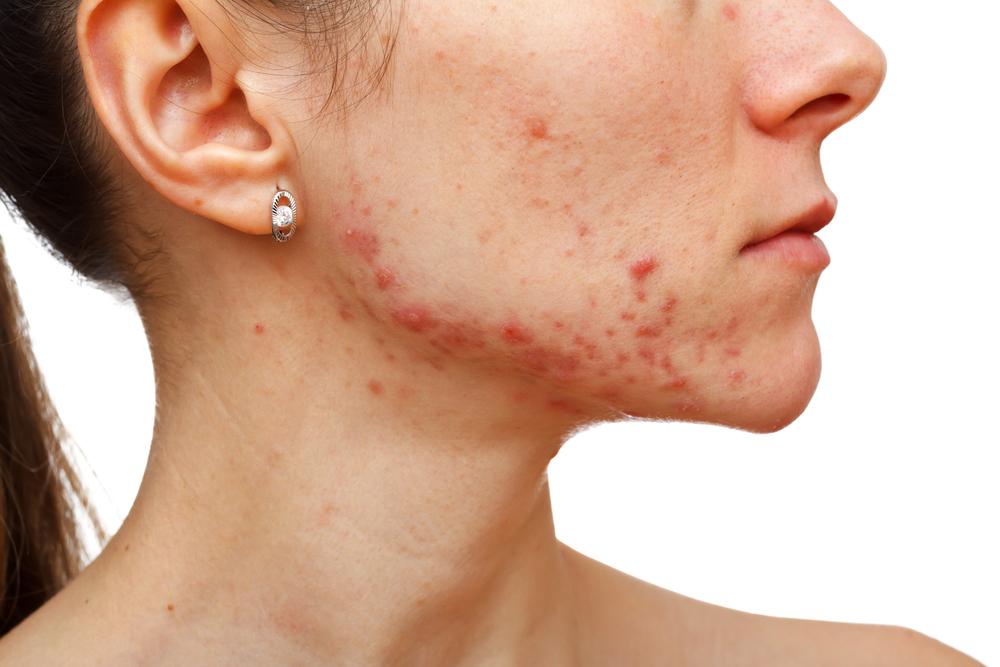
In-Depth Overview of Eczema Variants, Their Symptoms, and How to Manage Them
Explore an extensive overview of the diverse types of eczema, their characteristic symptoms, and effective management methods
Eczema is a collective term for a group of chronic skin conditions that present with inflammation, redness, and discomfort. These skin disorders are characterized by varying symptoms depending on the specific type, severity, and individual factors. Recognizing the distinct signs associated with each eczema type is crucial for accurate diagnosis and effective treatment.
This prevalent skin condition can significantly impact the quality of life due to persistent itching, discomfort, and visible skin changes. With increased awareness and understanding of triggers and manifestations, individuals can better control their symptoms and reduce flare-ups.
Identifying the signs of eczema and its different manifestations
Eczema generally appears as inflamed, itchy patches on the skin, often accompanied by dryness, thickening, or scaling. Its appearance varies based on the affected area, the specific type, and the skin tone. The initial symptom that most sufferers notice is intense itching, which tends to worsen at night or during periods of stress. As the condition progresses, the skin may become red, dry, and rough, sometimes developing into thicker, more leathery patches due to chronic scratching. In some cases, skin color changes—either darker or lighter patches—may be visible, especially on individuals with darker complexions. Scratching can cause skin to blister, ooze, and crust over, creating a cycle that exacerbates inflammation and discomfort.
The symptoms of eczema can be distinguished by several hallmark signs such as inflamed, red skin, persistent itching, dryness, and scaly patches. In some cases, blisters that ooze fluid may appear, especially if the skin becomes irritated or infected through scratching. Color differences in the affected areas are often visible, with dark patches on darker skin tones or lighter patches on lighter skin. Commonly affected sites include the face, neck, elbows, knees, hands, and feet. The presentation can vary widely, making accurate identification essential for targeted treatment.
Major types of eczema and their defining features
Atopic dermatitis: Often associated with allergies such as asthma and hay fever, this type commonly affects children but can persist into adulthood. Typical locations include the face, neck, elbows, and knees. It is characterized by intense itching and dry, cracked skin.
Stasis dermatitis: Predominantly occurs in individuals with circulatory issues, especially in the lower legs. Skin appears swollen, discolored, and may develop open sores.
Scabies: Caused by mite infestation, this type resembles other eczema forms with intense itching and skin lesions, often in interdigital spaces and wrists.
Fungal dermatitis: Fungal infections like ringworm can mimic eczema but require skin scraping for diagnosis. They often cause ring-shaped, scaly rashes.
Pomplyx: Typically affects the hands and feet, presenting as blistered, cracked, and inflamed skin in these regions.
Nummular eczema: Usually seen in older adults, characterized by round, coin-shaped patches on the legs and arms, accompanied by intense itching.
Lichen simple chronicus: Results from ongoing scratching and rubbing, leading to thickened, hardened patches on the neck and shins.
Seborrheic dermatitis: Commonly affects the scalp, face, ears, and chest, especially in infants and the elderly, with greasy scales and oozing blisters.
Xerotic eczema: Also known as asteatotic eczema, it involves extremely dry, cracked skin that may ooze or bleed, often exacerbated by cold and low humidity.
Allergic contact dermatitis: Triggered by repeated exposure to allergens like nickel, fragrances, or chemicals, it manifests as localized redness, swelling, and blistering.
What causes eczema? Eczema results primarily from an abnormal immune response to environmental triggers and irritants. While infections can complicate the condition, most cases stem from immune hypersensitivity reactions to substances such as certain fabrics (e.g., wool, synthetic fibers), soaps, detergents, pet dander, pollen, tobacco smoke, or chemicals. Extreme temperatures—hot and cold—can also serve as triggers, along with stress and environmental dryness. It is important to note that eczema is not contagious; it cannot be spread from person to person. Understanding individual triggers is essential for preventing flare-ups and managing the condition effectively.
Strategies for managing eczema effectively Efficient management of eczema revolves around reducing inflammation, preventing flare-ups, and maintaining skin health. Core strategies include consistent skin moisturization, avoiding known irritants, and practicing good skin hygiene. Over-the-counter medications like corticosteroid creams help alleviate inflammation and itching. For infections, topical or oral antibiotics may be necessary. In severe or recurrent cases, dermatologists might recommend therapies like antihistamines to control itching, phototherapy (light therapy), topical tar preparations, or immunosuppressants.
To reduce the frequency and severity of flare-ups, individuals should identify and steer clear of personal triggers such as harsh fabrics, allergens, environmental factors, and stress. Regularly applying prescribed emollients and following medical advice significantly improve skin condition and quality of life. Maintaining a consistent skincare routine, avoiding hot showers, and using gentle, fragrance-free soaps and cleansers are vital steps in managing this chronic condition. Additionally, lifestyle modifications, stress management, and dietary adjustments may provide further relief.
